"The future of loyalty is not about points or rewards. It's about creating such a great experience that people can't imagine going elsewhere."

The Only Loyalty, Is Disloyalty
I’m a storyteller so first thing I’m going to do is tell one. How else am I going to get my point across using conventional means, even patterning my delivery similarly so that you would not be able to interpret me any differently.
Now, picture this: You're standing in line at your local coffee shop, fumbling through a wallet bursting with loyalty cards. There's more plastic in there than in the Great Pacific Garbage Patch. Sound familiar? Well, that’s because the world of loyalty programs is changing faster than you can say "points please!"
Welcome to the Loyalty Revolution, where your coffee shop knows you want a triple-shot espresso before you even walk through the door. It's like they've hired Miss Cleo as their barista, minus the cheesy infomercials.
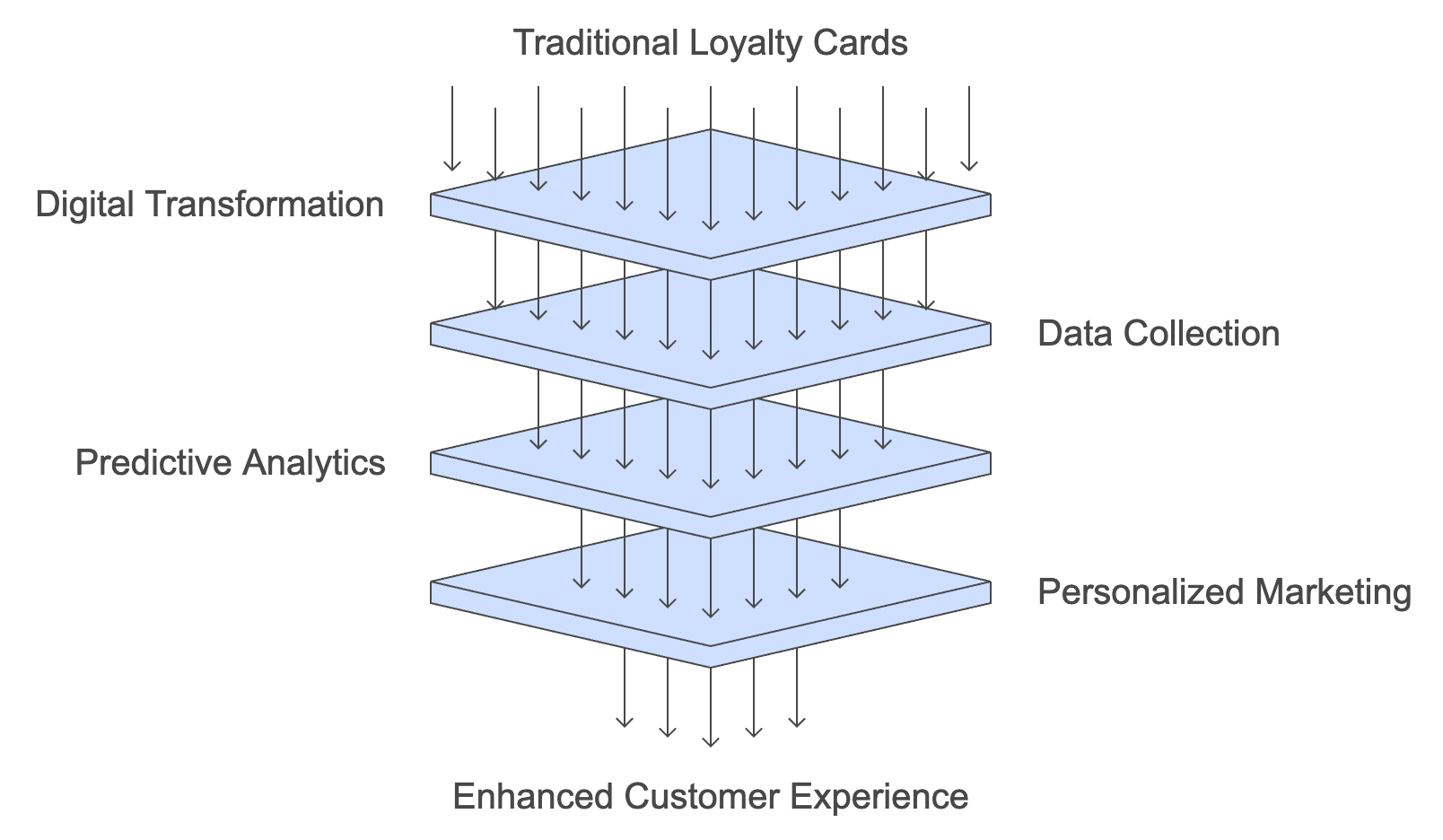
But this isn't just about predicting your caffeine cravings. Oh no, we're talking about a seismic shift in how businesses court your affection. We've gone from the Stone Age of punch cards to the Space Age of predictive analytics faster than you can say "blockchain loyalty tokens." It's a brave new world where your shopping habits are more closely guarded than state secrets, and companies are playing 4D chess with your preferences.
In this loyalty arms race, brands are deploying everything from AI to augmented reality, all in the quest to make you feel special. It's like being in a relationship where your partner not only remembers your birthday but also knows exactly what gift you want, where you want to eat, and what movie you're in the mood for. Romantic or creepy? That's the tightrope modern loyalty programs are walking.
So, fasten your seatbelts as we embark on a journey through the twisted landscape of modern loyalty. We'll explore how we got here, where we're going, and whether all this technology is bringing us closer together or just making us really good at accumulating points. Welcome to the future of loyalty, where every transaction is a love letter, and every purchase is a promise ring.
The Top Articles of the Week
100% Humanly Curated Collection of Curious Content
The Data Dilemma: From Guesswork to Precision
Remember the good old days when brands thought they knew you because you once bought a pair of socks from them? That's so last decade. We've moved from the era of "spray and pray" marketing to what I like to call "laser-guided loyalty missiles."
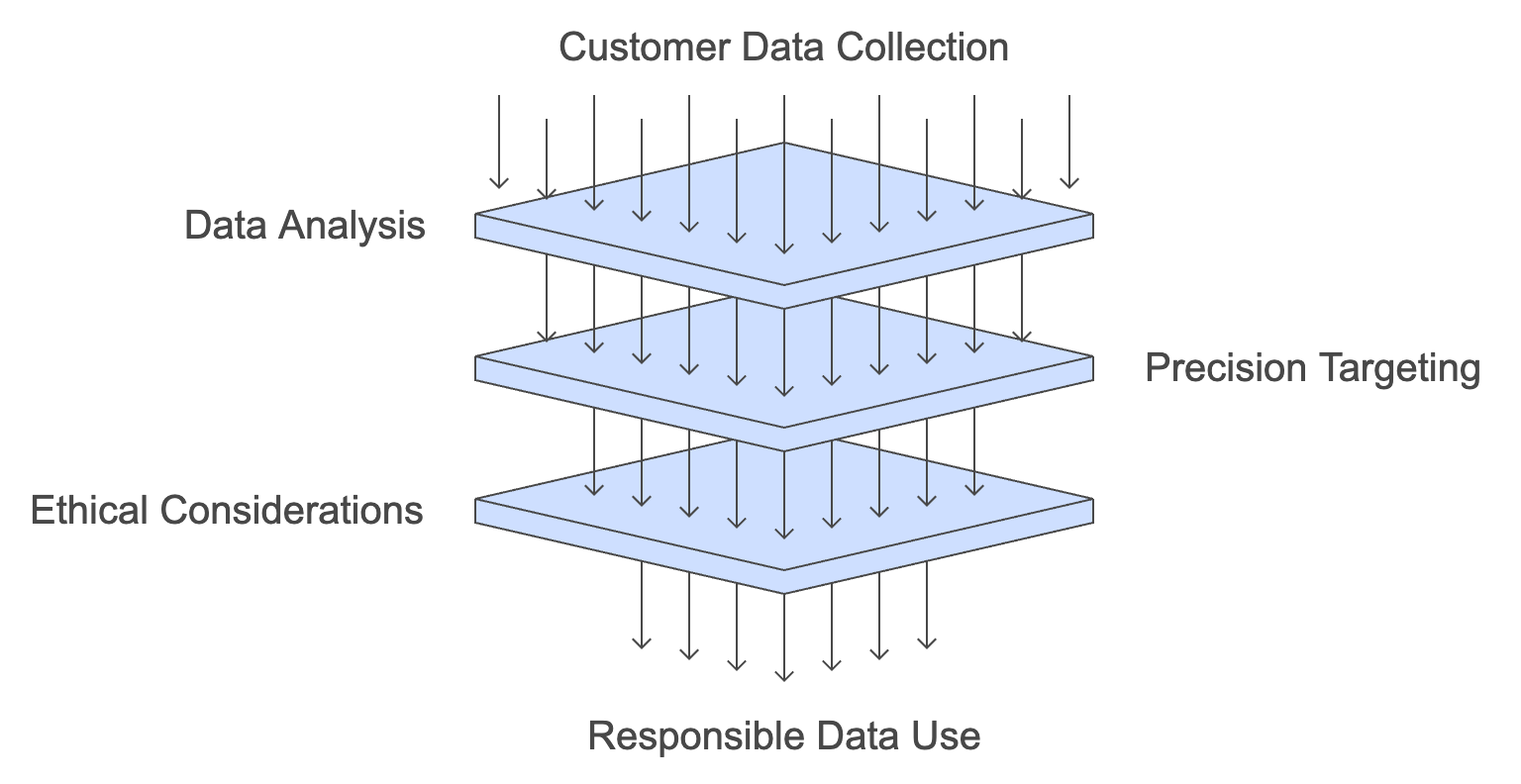
In the past, companies relied on a mishmash of 1st, 2nd, and 3rd party data that was about as accurate as a weather forecast in the UK. They were essentially throwing darts at a board blindfolded, hoping to hit your preferences. Now? They're using AI-powered, heat-seeking customer insight missiles.
Imagine you're at a party (remember those?). In the old world, brands were that awkward guy in the corner, trying to guess your favorite drink based on your shoes. Now, they're the suave host who not only knows your drink preference but also that you're allergic to peanuts and love obscure 80s pop music.
But here's where it gets interesting – and a little bit scary. The modern loyalty program is less like a friendly bartender and more like a benevolent Big Brother. They're not just tracking what you buy, but how you buy it, when you buy it, and what you almost bought but didn't. They're analyzing your social media posts, your web browsing history, and probably your dreams (okay, maybe not yet, but give it time).
This precision targeting is a double-edged sword. On one hand, it means you're more likely to get offers you actually want, rather than coupons for diapers when you don't have kids. On the other hand, it raises some pretty hefty questions about privacy and data ethics. When does personalization cross the line into intrusion? Are we trading our personal information for a few points and a free latte?
And let's not forget the potential for this data to be used in ways we never intended. Today, it's predicting your coffee order. Tomorrow? It could be predicting your likelihood to commit a crime, "Minority Report" style. Okay, that might be a bit extreme, but the point is, with great data comes great responsibility.
So as we marvel at the precision of modern loyalty programs, let's also keep a critical eye on where all this data is going and how it's being used. After all, in the game of loyalty, we're not just the players – we're also the pieces on the board.
Real-World Success Stories: When Loyalty Pays Off
Let's talk Starbucks. Their rewards program isn't just about free coffee; it's a caffeinated data goldmine. They've turned their app into a crystal ball, predicting your order with scary accuracy. It's like they've got a tiny barista living in your phone, studying your every move.
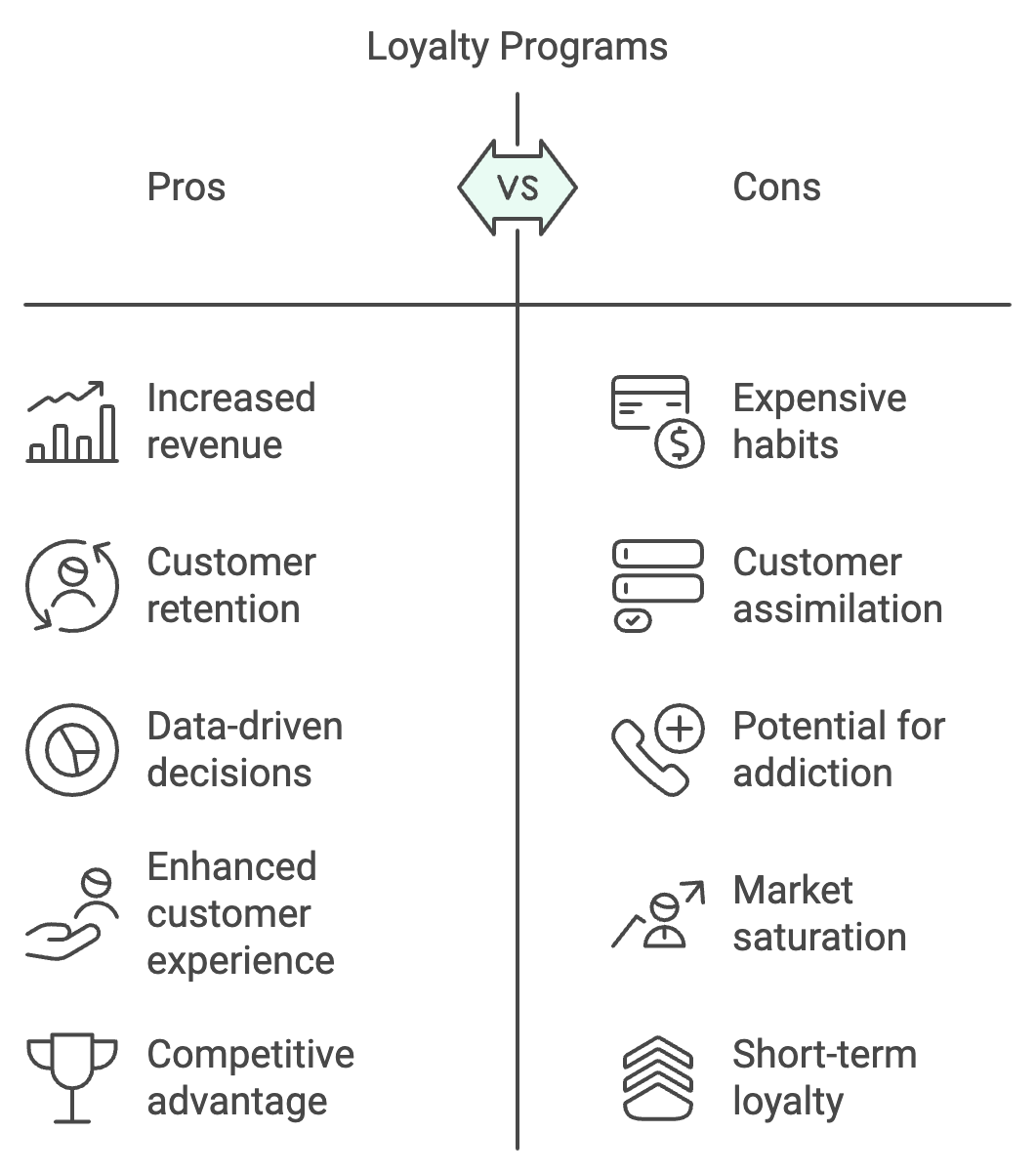
But Starbucks isn't just using this data to serve you better; they're using it to serve their bottom line. By analyzing purchase patterns, they can optimize inventory, reduce waste, and even decide where to open new stores. It's like they've found the holy grail of retail – a way to make you happy while making themselves richer.
And then there's Amazon Prime. It's not a loyalty program; it's a lifestyle. They've managed to make paying for the privilege of buying more stuff seem like a good deal. It's the retail equivalent of Stockholm Syndrome, and we're all happily held hostage.
But Amazon's genius goes beyond just free shipping. They've created an ecosystem that's harder to leave than Hotel California. Once you're in, you're buying their devices, watching their shows, and probably talking to Alexa more than your own family. It's not just customer loyalty; it's customer assimilation.
The savings? Starbucks saw a 7% revenue increase attributed to their loyalty program in 2020. Amazon Prime members spend an average of $1,400 per year, compared to $600 for non-members. It's like they've found the retail equivalent of the Philosopher's Stone, turning customer data into gold.
But let's not stop there. Consider the airline industry, where loyalty programs have become more valuable than the airlines themselves. Delta's SkyMiles program was valued at $26 billion in 2020, while the airline's market cap was around $19 billion. It's like the tail wagging the dog, if the tail was made of pure gold.
A Wise Investment of Your Time
List of YouTube videos that captured my undivided attention.
Or take a look at Sephora's Beauty Insider program. They've managed to turn the simple act of buying makeup into a tiered status system that would make medieval nobility jealous. VIB Rouge members (the top tier) spend an average of $2,500 per year. That's a lot of lipstick, folks.
But here's the million-dollar question: Are these programs creating genuine loyalty, or just really expensive habits? Are we loyal to Starbucks because we love their coffee, or because we're addicted to the gamification of our morning caffeine fix?
And what happens when everyone has a great loyalty program? When every coffee shop can predict your order and every online retailer offers free shipping, what then? The loyalty arms race is heating up, and brands will need to find new ways to stand out. Maybe in the future, true loyalty will be measured not in points, but in the willingness of customers to get the company logo tattooed on their forearm. Don't laugh – someone at Nike is probably considering this right now.
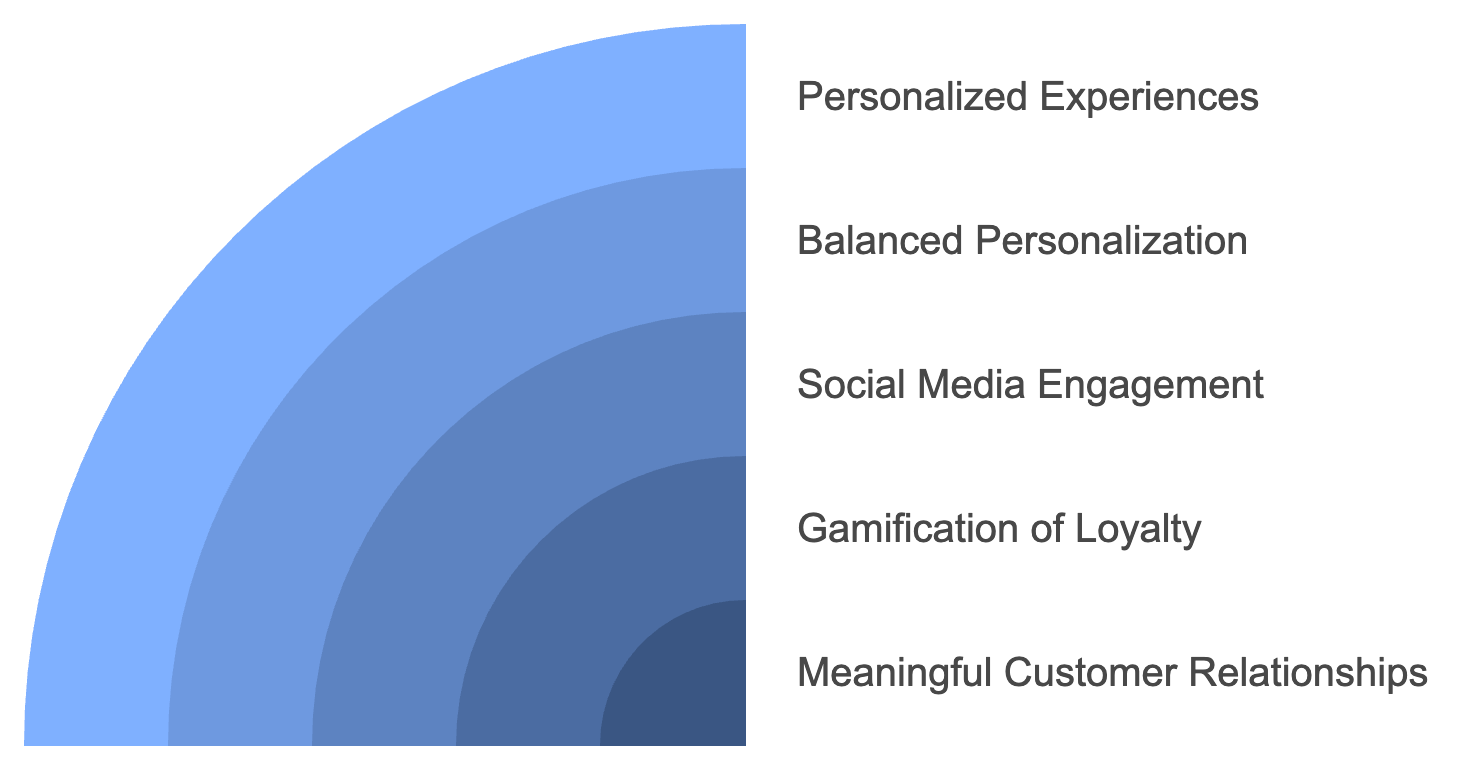
The Loyalty Paradox: Cultivating Loyalty in an Age of Disloyalty
Let's expand on this intriguing paradox: in today's world, the only loyalty is disloyalty. Consumers are as fickle as a cat with Instagram access. One minute they're all about your brand, the next they're off chasing the shiny new competitor down the street.
We're living in the age of infinite choice. With a few taps on our phones, we can compare prices, read reviews, and have products from around the world delivered to our doorstep. We're no longer limited by geography or lack of information. In this environment, loyalty seems almost quaint, like a flip phone or a fax machine.
So how do brands create loyalty when customers have the attention span of a goldfish on espresso? By making every interaction feel like a personalized love letter. It's less "Dear Valued Customer" and more "Hey [Your Name], we saw you eyeing that jacket last week. It misses you too."
But here's where it gets tricky. In their quest to personalize, brands risk coming off as creepy rather than caring. There's a fine line between "We thought you might like this" and "We've been watching you through your webcam." The challenge for brands is to be personal without being invasive, attentive without being stalkerish.
And let's not forget the role of social media in this loyalty paradox. Brands are expected to be our friends now, tweeting witty responses and sliding into our DMs. But friendship is a two-way street. When a brand messes up, the backlash can be swift and brutal. One tone-deaf tweet, one mishandled customer complaint, and suddenly your loyal customers are leading the Twitter mob against you.
This is the tightrope that modern brands must walk. They need to be personal but not invasive, friendly but not fake, consistent but also constantly surprising. They need to make customers feel special while also making them feel part of a community. It's like trying to be everyone's best friend and secret admirer simultaneously.
But perhaps the biggest challenge in cultivating loyalty today is not just competing with other brands, but competing with the very concept of change itself. In a world where newness is celebrated and FOMO (Fear of Missing Out) drives so much of our behavior, how do you make customers stick around?
Some brands are tackling this by turning loyalty itself into a game. Points, badges, levels – sound familiar? It's not just your favorite mobile game anymore; it's how you buy coffee. By gamifying loyalty, brands are tapping into our innate desire for achievement and status. It's no longer just about the free stuff; it's about reaching that next level, unlocking that next perk. We're no longer just customers; we're players in an endless game of consumer Pokémon.
But as with any game, there's always the risk of player fatigue. How many loyalty programs can one person actively engage with before it all becomes white noise? Are we creating loyal customers, or just really good points collectors?
In this paradoxical world of loyalty, brands need to do more than just offer rewards. They need to create experiences, build communities, and yes, sometimes even take stands on issues that matter to their customers. Because in an age where loyalty is fleeting, sometimes the most loyal thing a customer can do is come back for more.
The Technology Driving Change: AI, Blockchain, and the Internet of Loyalty Things
We're not just talking about smarter databases here. We're talking AI that can predict your needs better than your significant other, blockchain that turns your points into crypto faster than you can say "Bitcoin bubble," and IoT devices that make your fridge more loyal to your favorite brands than you are.
Imagine a world where your smart fridge automatically reorders milk when you're running low, and adds extra loyalty points because it knows you've been on a health kick lately. It's like having a personal assistant, but one that doesn't judge you for that 2 AM ice cream binge.
But let's break this down, shall we? First up, AI. We're not talking about some glorified if-then statements here. We're talking about machine learning algorithms that can analyze millions of data points to predict not just what you want, but what you're going to want next Tuesday at 3:47 PM. It's like having a psychic in your pocket, minus the crystal ball and questionable fashion choices.
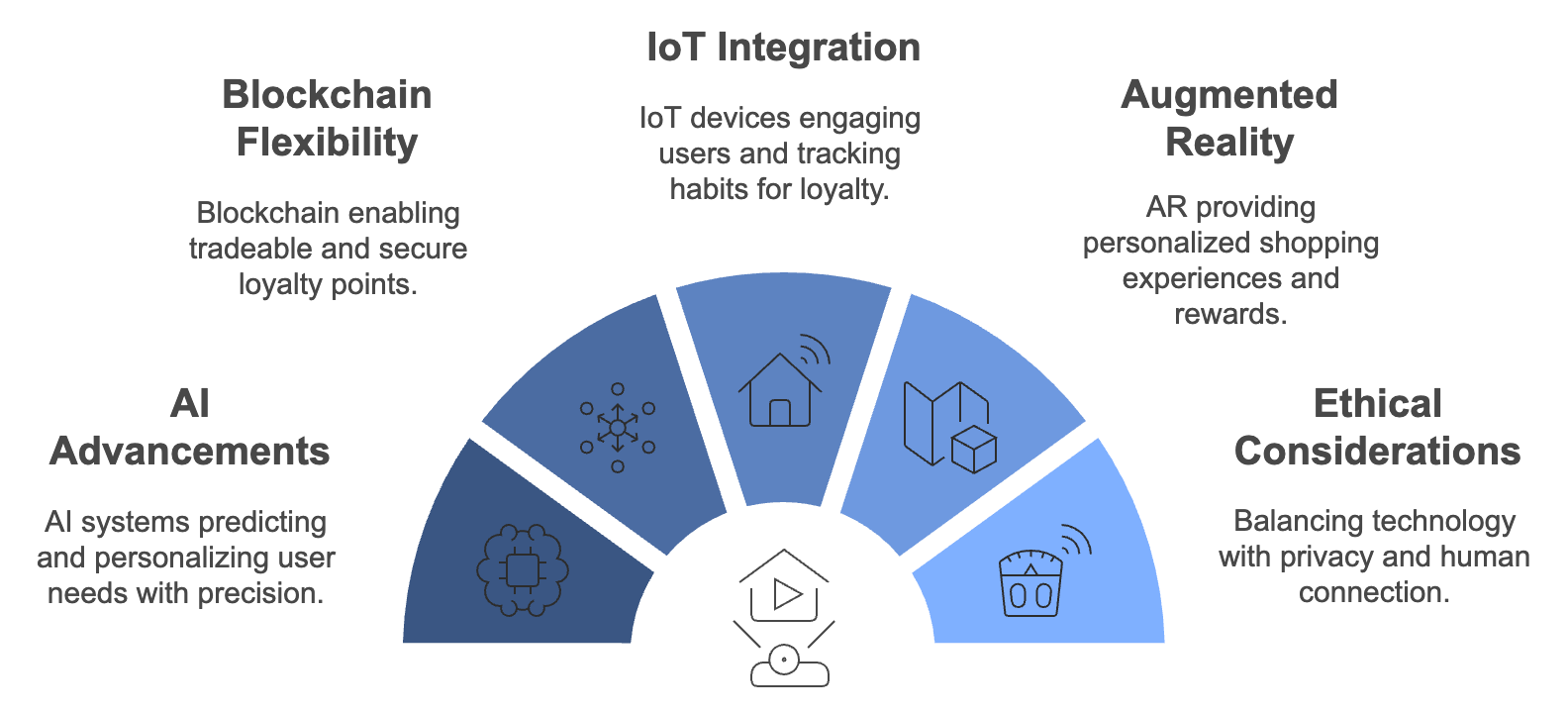
These AI systems are getting so good that they're not just reacting to your behavior; they're anticipating it. Imagine walking into a store and having a personalized shopping list pop up on your phone, based on your past purchases, current weather, and that offhand tweet you made about wanting to try yoga. It's convenience on steroids, with a side of mild existential crisis as you wonder if the AI knows you better than you know yourself.
Next up, blockchain. Yes, that buzzword that your crypto-obsessed cousin won't shut up about at family dinners. But in the world of loyalty, blockchain is more than just a way to confuse your grandparents. It's a way to make loyalty points as liquid as cash.
Imagine a world where you can trade your airline miles for coffee points, or your supermarket points for hotel stays. With blockchain, your loyalty points become a universal currency, tradeable across brands and borders. It's like turning your junk drawer full of loyalty cards into a digital wallet that would make Scrooge McDuck jealous.
But blockchain isn't just about making points more flexible. It's also about making them more secure. In a world where data breaches are as common as bad hair days, blockchain offers a way to keep your hard-earned points safe from hackers. It's like having a digital Fort Knox for your loyalty rewards.
And then there's the Internet of Things (IoT). We're talking about a world where every device in your home is not just smart, but a brand ambassador. Your washing machine could reorder detergent and rack up points. Your toothbrush could track your brushing habits and reward you for good oral hygiene. Even your bed could monitor your sleep patterns and recommend products to help you rest better.
It's a brave new world where every interaction with a device becomes an opportunity for brands to engage with you and earn your loyalty. But it also raises some pretty big questions about privacy and autonomy. When your toaster starts giving you unsolicited shopping advice, have we gone too far?
And let's not forget about augmented reality (AR). Imagine pointing your phone at a product and seeing personalized offers pop up, or trying on clothes virtually and earning points for every outfit you sample. It's like having a personal shopper and a game show host rolled into one, living in your phone.
But with all this technology, there's a risk of losing the human touch. When algorithms are making all the decisions, where does empathy fit in? Can an AI really understand the emotional nuances of customer loyalty?
As we hurtle towards this hyper-connected, data-driven future of loyalty, we need to ask ourselves: Are we enhancing the customer experience, or just creating a more sophisticated way to be marketed to? Are we building relationships, or just really complex vending machines?
The future of loyalty technology is exciting, no doubt. But as we embrace these innovations, we need to ensure we're not losing sight of what loyalty really means. After all, even the smartest AI can't replicate the warmth of a genuine human connection. At least, not yet.

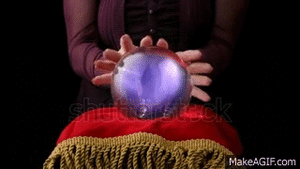
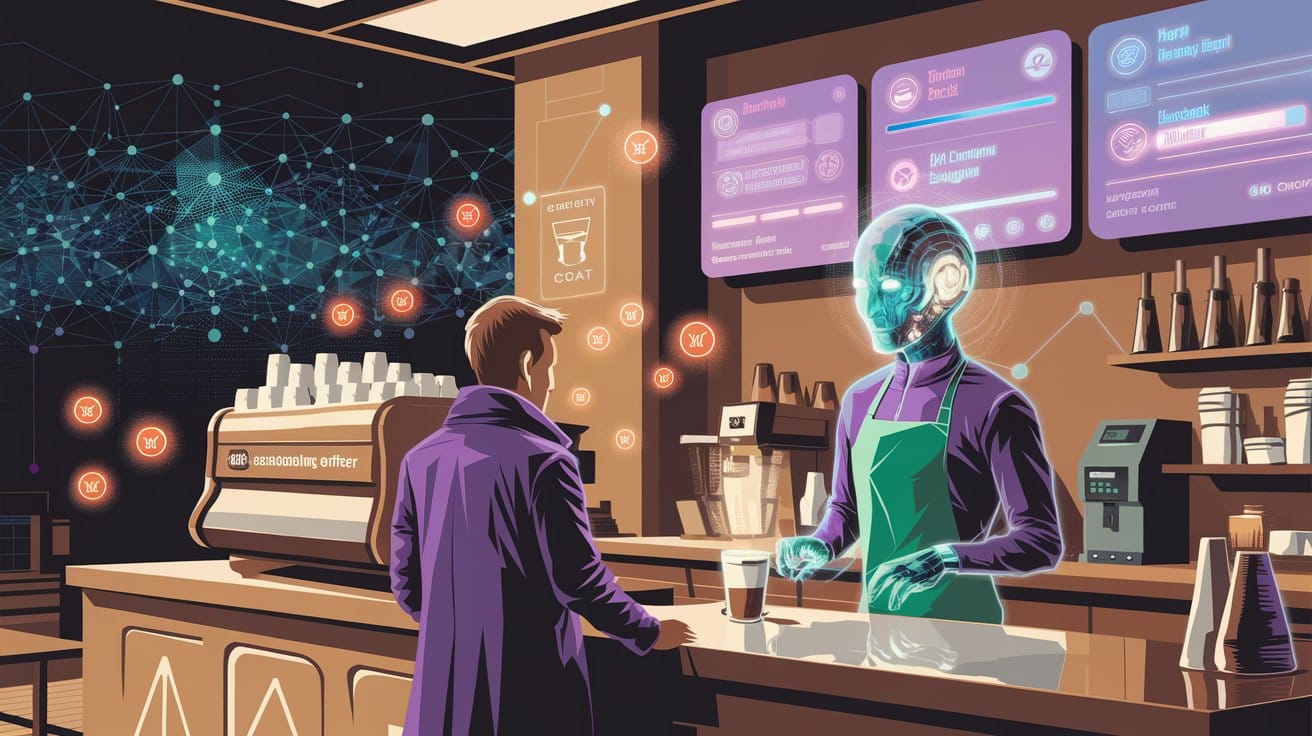
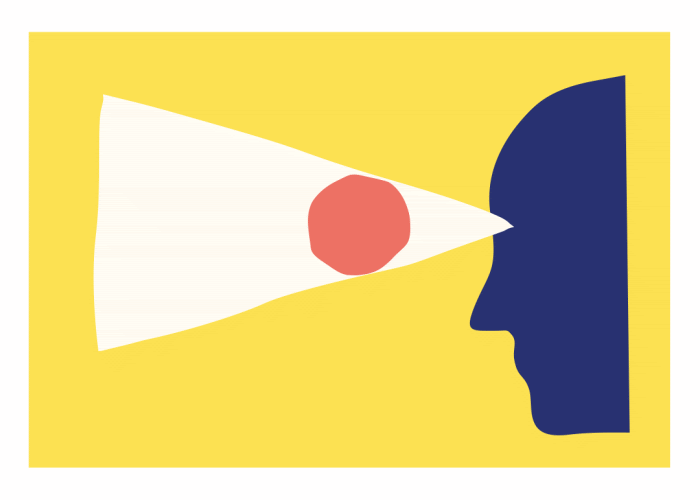
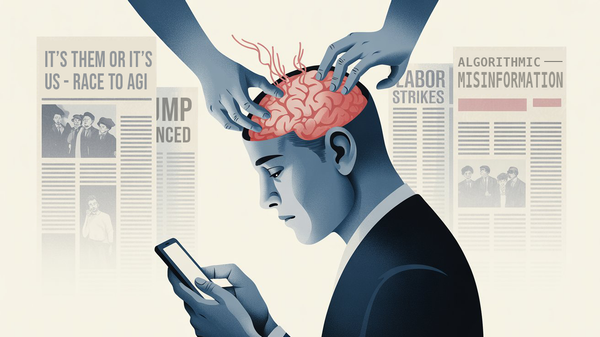
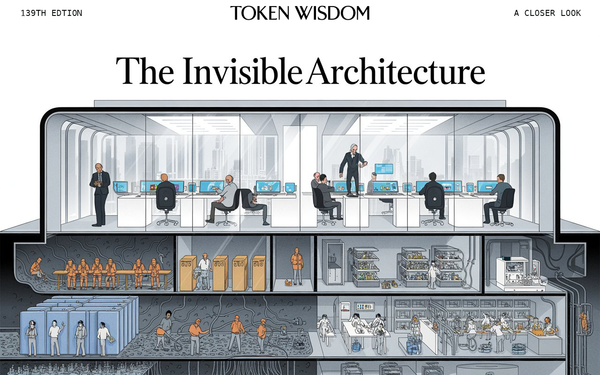
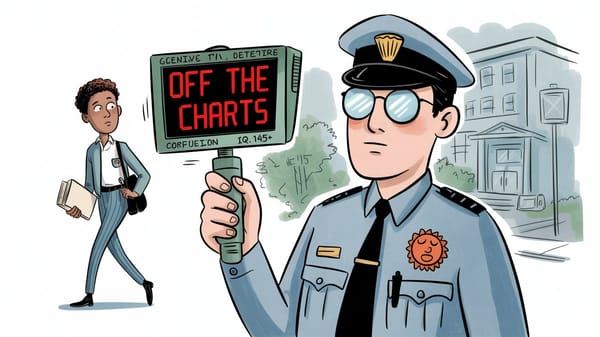
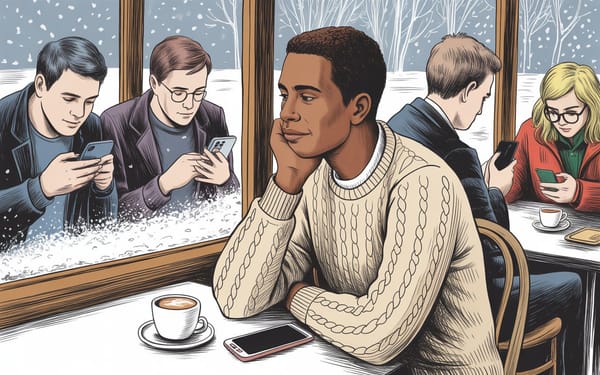
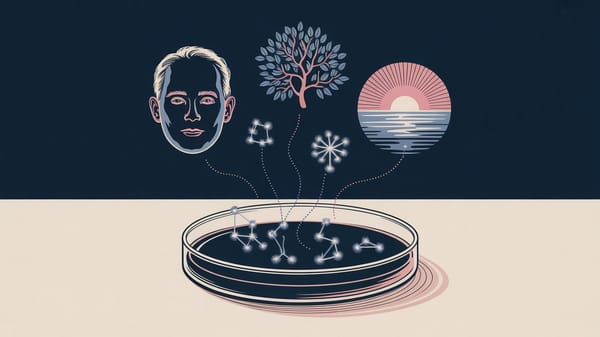
Member discussion